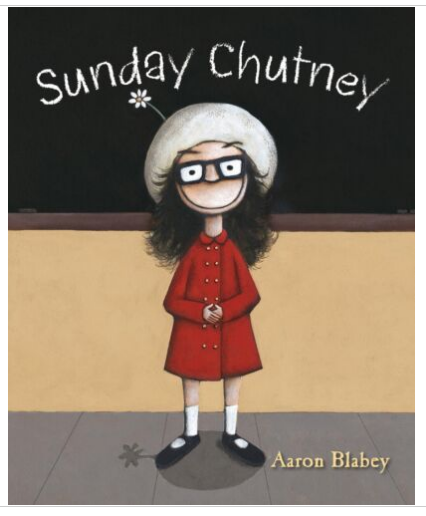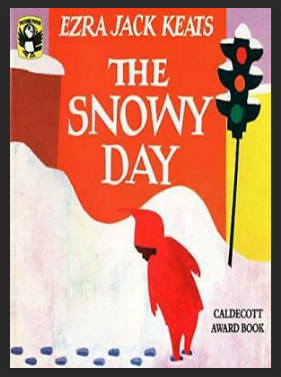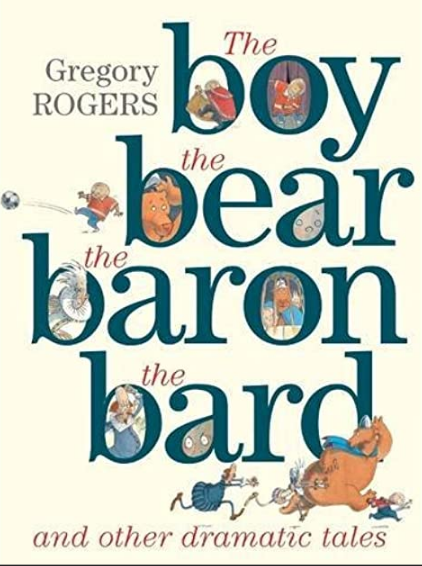|
After a great deal of reading, synthesizing and analyzing, I found this perplexing comment by Moebius, jabbed at my mind as does a mosquito on a warm summer’s night. What does anyone see – young or old, when they open a picture book? How much and to what degree, do we naturally analyse a book’s content in terms of graphic images and text when we view a picture book for the very first time. This is indeed a difficult question to answer – of which no one can really be certain. What we do know, is that brain cognition is highly stimulated by colour and that individuals who are artistically inclined or exposed to the arts - at an early age, respond better in education than does a child who is not. We are told to limit the use of colour and design in a school classroom for those children with ADHD or more serious neurological disorders; hospitals are encouraged to use blues and pastel colours in children’s wards to stimulate the body’s healing processes; books are primarily published in colour, up until the end of primary schooling; prisons avoid the use of hues and primary colours such as red, to diminish the occurrence of violence among inmates. To me, it is more than obvious, colour affects our brain patterns, much more than we could ever hope to imagine. “How much do you see?” (Moebius, 1990: p138) When picture books are written, illustrated and published for the child’s market, considering them as physical, tangible artifacts that children can experience through touch, sound, written and visual representation; as highly imaginative, creative, well-presented whole products; where all parts of the book have been considered, is paramount. Appropriate stimulus colour, line, design and treatment of illustration that complements: the size, feel, format and organisation of text - in and on the book; as well as the chosen form of book i.e. board book, soft cover, hard back, felt or material book, pop-up book, chunky tots book, musical picture books, read to you picture books - all need to be considered to impart the maximum, multi-sensory experience. A child’s attention span is considerably shorter than an adult’s. The duration is determined by the age and stage of a child’s intellectual and emotional development. Writers, illustrators and publishers must responsibly determine, feed and balance this critical development, according to the literature they produced – based on social norms, understandings, cultural and educational standards. One must be careful of ‘semic slippage’ (1990: 135) as coined in Moebius, “...a kind of plate tectonics of the picture book, where word and image constitute separate plates sliding and scraping along against each other,” where text and illustration are often conflicting or contradictory. When one views picture books such as ‘The Snowy Day’ by Keats or ‘Sunday Chutney’ by Blabey, one is conscious of the balance of elements: the careful saturation of tint and creative use of line in the former; and framed illustrations as in scrap-booking photos, in the latter. In both cases, line is naively represented, as a child would draw. The protagonist of each appears to have created both the visual and written representation, which adds to the interest, believably, impact and focus within the story. From the outset, the reader is immersed in the tale, has a familiar rapport with the protagonist and passionately believes what he is being told - due to the clever use and placement of text in and around the illustration, throughout the book. Both situations are realistic, relevant and relatable to the reader and quite reminiscent of my own childhood. I too wondered where the snow went, when I brought it home. The wordless design of Rogers’, ‘The Boy, the Bear, the Baron, the Bard, significantly contributes to the intertextuality of this pictorial literature. The reader has time to analyse the period, time and setting of the tale; the relevance of the soccer ball as it shows the passing of time; the clever placement of crows (representing death) that appear throughout the book and the storyteller’s embedded use of humour, as one is flung into days of Shakespeare. The reader is drawn to the busyness of the character’s activities, as the ball carries us through to the next page. One shares a sense of relief, but sadness knowing that the boy must say goodbye to his friend the bear. There is definitely more to this complex picture book, than meets the eye. Even the endpapers and peritextuals requires one to ponder the meaning and exceptional worth of this book.
Moebius, W. (1990). Introduction to Picturebook Codes words and image. In P. Hunt, Children's literature: the development of criticism (pp. 131 - 147). London: Routledge.
0 Comments
Leave a Reply. |
Thoughts from
|
Publish with ELK Publishing |
Top Menu
|
|





 RSS Feed
RSS Feed
